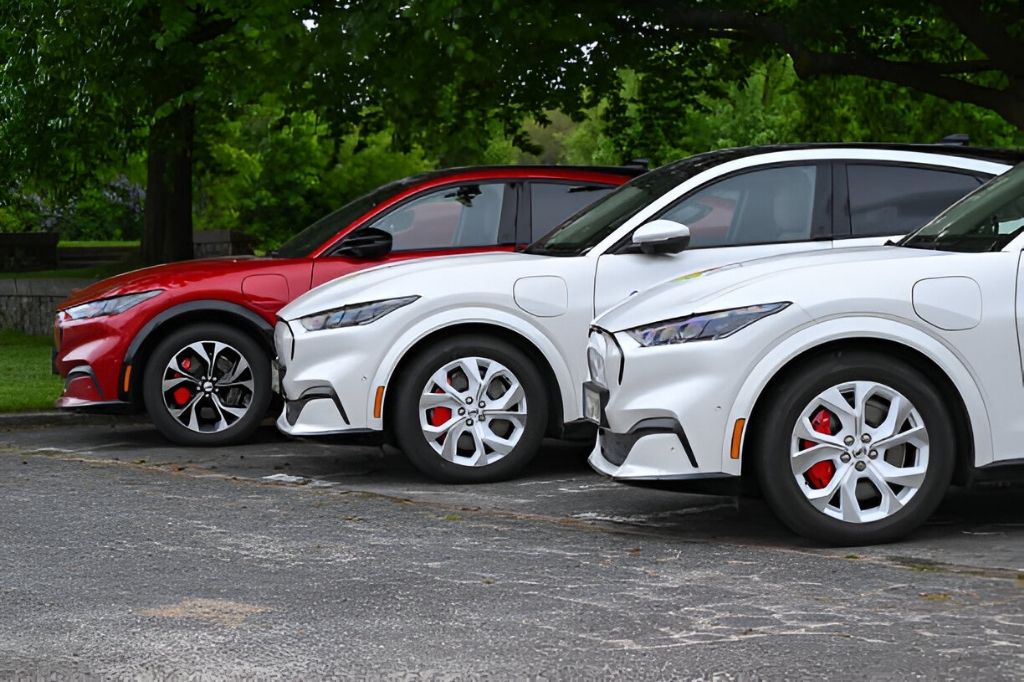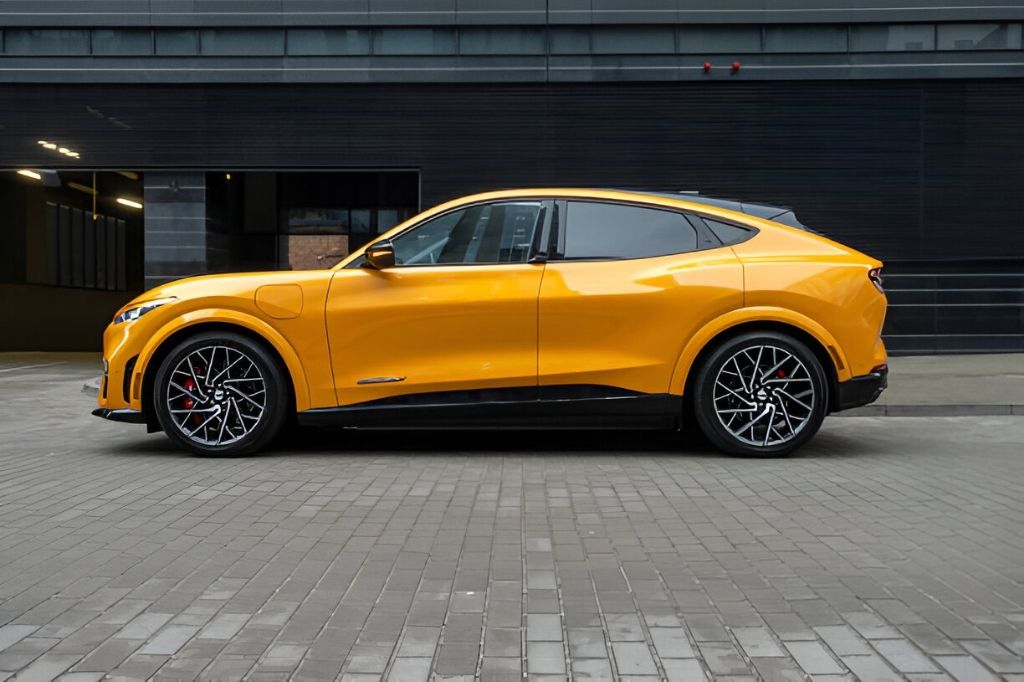Alright, let’s get real for a second. Everyone loves a good deal, and when it comes to electric cars, that tax credit can feel like a sweet cherry on top. So, you’re asking yourself, does the Ford Mustang Mach-E qualify for tax credit? I mean, it’s a slick car, it’s all-electric, and that tax break could make it an even more tempting buy. But before you jump in, there’s a bit to untangle. Turns out, the rules aren’t exactly simple, but don’t worry; we’re breaking down what you need to know so you can make the most of this potential saving.
Let’s dive in, shall we?
Contents
Federal EV Tax Credit: What It Really Means
Okay, so what’s the deal with the federal tax credit for EVs? Basically, the U.S. government set up this credit to encourage people to go electric. The credit can go up to $7,500, but there’s a bit of a catch; actually, several catches. First off, not every EV gets the full amount; it depends on things like battery size and whether the car meets certain efficiency standards. Plus, once a manufacturer sells 200,000 eligible cars, the credit for that brand starts to shrink and eventually disappears.

And here’s where it gets interesting: Ford, with the Mustang Mach-E, hasn’t hit that 200,000 mark just yet. So, yes, technically the Mach-E still qualifies as of now. But, remember, it’s not just about whether the car qualifies; you also have to meet certain criteria as a buyer. The tax credit isn’t a rebate or discount; it’s more like a deduction on what you owe in federal taxes. So, if you don’t owe that much, you might not get the full benefit.
Will You Get the Full $7,500 for the Mach-E?
So, does the Ford Mustang Mach-E qualify for the full $7,500 credit? The short answer is yes, sort of. Ford’s all-electric Mach-E qualifies under the guidelines set by the IRS for a full credit amount, assuming you meet the other requirements. That said, whether you actually get the full amount depends on your own tax liability.
If you owe, say, $4,000 in federal taxes, then that’s the max credit you’ll see; $4,000, not the full $7,500. And here’s the kicker: there’s no carryover for whatever’s left. It’s a one-time deal for the year you buy the car. A lot of folks get tripped up by this because they assume it’s a straight discount off the car, which it’s not. Talking to a tax advisor could be a good move to know exactly what to expect come tax season.
State Incentives for Mustang Mach-E Buyers
Now, here’s the fun part: state incentives. Depending on where you live, there could be additional credits or rebates. States like California, for example, offer their own perks for EV buyers, including a rebate that can go up to $2,000. Other states, like Colorado and New Jersey, have similar programs, though the amounts and eligibility vary quite a bit.
It’s worth digging into the details because these state programs come with their own rules. Some might have income limits or paperwork you’ll need to submit. And, surprisingly, a few states even offer other benefits; like reduced registration fees or even free charging. So if you’re all about maximizing savings, checking your state’s EV incentives is a must.
Related Article : What does my vehicle registration look like
Ford’s Sales Cap and What It Means for the Mach-E’s Tax Credit
So let’s talk about the elephant in the room; the manufacturer sales cap. Once Ford sells 200,000 electric vehicles, the federal tax credit starts to phase out. This was intended to give newer automakers a fair shot while still supporting established brands. Ford hasn’t hit that number yet, but as the Mach-E and other models like the F-150 Lightning continue to gain popularity, it’s likely just a matter of time.

Once they hit that cap, the credit will decrease gradually until it’s gone altogether. So, if you’re considering a Mach-E and want that full credit, sooner might be better than later. After all, no one likes missing out on a good deal, especially when it’s thousands of dollars at stake.
How the Tax Credit Affects the Price of the Mach-E?
Here’s where it really starts to feel like a deal. The Ford Mustang Mach-E’s price starts around $43,000, give or take depending on the model. With the full $7,500 tax credit, your effective cost drops significantly, putting the car in the mid-$30k range. For an electric SUV, that’s a pretty solid price, especially when you consider the fuel savings over time.
Electric vehicles tend to have lower maintenance costs too, thanks to fewer moving parts and no oil changes. So, when you look at the big picture, the tax credit just adds to the financial advantages. It’s a good idea to factor these potential long-term savings into your decision as well, since owning an EV like the Mach-E can be cheaper in the long run.
What About Leasing or Financing the Mach-E?
If buying outright isn’t in the cards, leasing the Mustang Mach-E is an option to consider. Now, here’s a little-known fact: with leases, the federal tax credit typically goes to the leasing company instead of the person leasing the car. But often, leasing companies will pass along at least some of the savings in the form of lower monthly payments.
And for those looking to finance, keep in mind that the tax credit won’t reduce the amount you’re financing; it’s a tax benefit, not a discount. So, while it doesn’t impact your loan amount directly, knowing that credit is coming could give you peace of mind about your monthly payments.
It’s always worth talking to the dealership to see if they have any special deals on leases or financing for the Mach-E. Sometimes they’ll structure offers that factor in the credit, making the car more affordable upfront.
Editor’s note…
In a nutshell: Yes, the Ford Mustang Mach-E qualifies for the federal tax credit, but there’s more to it than just slapping on a $7,500 discount. Between federal and state credits, as well as potential long-term savings on fuel and maintenance, the Mach-E is definitely worth considering if you’re looking to go electric.
But timing matters. Ford’s tax credit eligibility won’t last forever, so if that credit is a big part of your decision, don’t wait too long. And with potential state incentives on top, the Mach-E might be an even better financial choice than you initially thought. So, are you ready to drive electric?

Leave a Reply